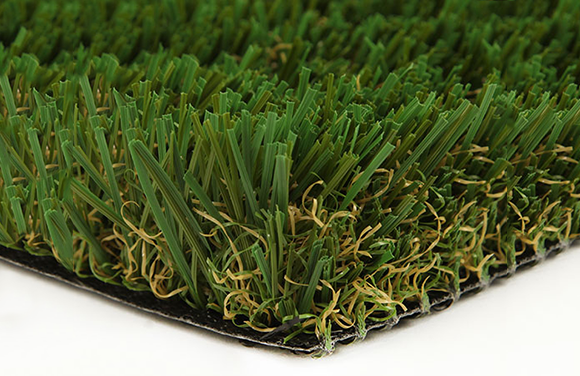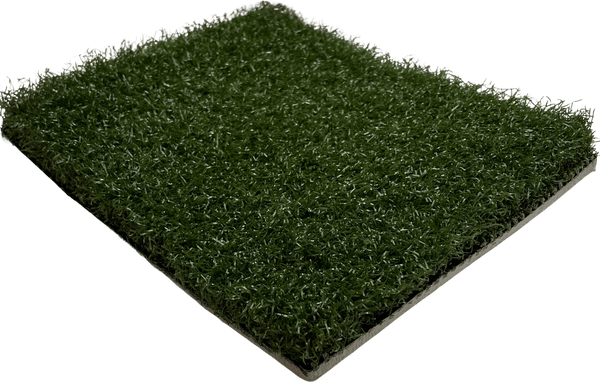Delve Into the Environmental Advantages of Opting for Synthetic Grass Solutions
The fostering of fabricated turf services presents a compelling chance to attend to pressing environmental difficulties. By considerably minimizing water use and decreasing the application of hazardous chemicals, these alternatives not only promote sustainable landscaping but also safeguard local environments.
Water Preservation Perks
One of the most considerable advantages of artificial lawn is its capacity to save water. In contrast, artificial lawn does not require watering, substantially decreasing the overall need for water resources.
By getting rid of the demand for regular watering, synthetic grass adds to lasting landscape techniques and helps alleviate the environmental impact of excessive water usage. Furthermore, the preservation of water encompasses the reduction of drainage, which can result in dirt disintegration and waterway contamination.
Additionally, the setup of synthetic grass permits house owners and towns to assign water sources more effectively, concentrating on essential uses such as drinking water and agriculture. The change in the direction of artificial turf not only promotes accountable water usage however additionally straightens with broader environmental goals targeted at preserving natural deposits.
As neighborhoods progressively focus on sustainability, the water preservation benefits of synthetic grass provide an engaging situation for its adoption in property and business landscape design jobs.
Minimized Chemical Usage
The shift to synthetic grass substantially lowers the dependence on chemical treatments typically utilized in natural grass maintenance. Traditional turf management normally entails the application of plant foods, herbicides, and chemicals to promote development and control pests. These chemicals can position dangers to human health and wellness, regional wild animals, and the setting, contributing to soil and water contamination.
In comparison, artificial grass eliminates the requirement for these damaging substances. By lessening the release of synthetic substances into the environment, artificial lawn promotes healthier soil and water systems.
Additionally, the lack of chemical runoff connected with synthetic grass installations assists shield local waterways from air pollution, supporting aquatic life and preserving biodiversity. Turf installation phoenix az. As neighborhoods increasingly prioritize lasting techniques, selecting fabricated turf provides a viable service that straightens with environmental preservation goals. Through this shift, building owners can delight in lavish eco-friendly rooms without jeopardizing ecological wellness, paving the method for an extra sustainable future
Reduced Carbon Footprint

Furthermore, the setup of man-made lawn can cause considerable water conservation. Natural grass call for considerable amounts of water for irrigation, which not only includes in the carbon impact related to water removal and therapy yet also stress regional water sources. On the other hand, synthetic lawn requires very little maintenance, needing no watering, consequently significantly minimizing water usage and its linked energy costs.
Additionally, the durability of synthetic lawn adds to its decreased carbon effect. With a life expectancy of as much as 15 years or more, the need for constant substitutes is reduced, leading to less waste and lower energy consumption in production and getting rid of conventional grass alternatives. On the whole, synthetic grass offers a lasting option for ecologically conscious landscaping.
Environment Preservation
Environment conservation is a vital consideration in the dispute over landscape design options, specifically when comparing artificial lawn to natural yard. All-natural turf yards typically call for extensive maintenance, including the use of herbicides, chemicals, and fertilizers, which can negatively influence neighborhood ecological communities. These chemicals can seep into the soil and waterways, hurting indigenous flora and animals and interrupting local habitats.
Man-made turf removes the demand for harmful chemicals, thus securing nearby wildlife and preserving the honesty of surrounding ecosystems. The installment of fabricated lawn can lead to the conversion of previous grass locations into more biodiverse landscapes, such as pollinator gardens or indigenous plant areas, which can support local wildlife.
Inevitably, the change to synthetic grass not only conserves water and decreases upkeep efforts however also promotes a more unified connection in between human tasks and the natural surroundings, advertising habitat preservation while doing so.
Long-Term Sustainability
Long-term sustainability is an essential aspect in reviewing the benefits of synthetic grass over traditional grass yards. Among one of the most significant advantages of artificial turf is its sturdiness; try this out it can last up to 15-20 years with minimal upkeep, whereas natural yard calls for regular reseeding and substitute. This long life decreases the demand for consistent sources, such as water, plant foods, and chemicals, which are important for keeping a healthy yard yard.
Furthermore, synthetic grass adds to a reduction in carbon exhausts related to grass care equipment. Standard lawns often need gas-powered lawn mowers, leaners, and blowers, every one of which add to air pollution. Phoenix turf companies. On the other hand, synthetic grass removes the need for such devices, advertising a cleaner setting
Additionally, the manufacturing of fabricated turf progressively utilizes recycled products, boosting its sustainability profile. As manufacturers take on green methods, the environmental impact of synthetic grass continues to decrease.

Verdict
The fostering of fabricated turf services provides you can try this out considerable ecological advantages, including substantial water preservation, decreased reliance on unsafe chemicals, and a reduced carbon footprint. Man-made grass help in maintaining natural environments by minimizing land disruption and promoting lasting sustainability through the use of durable products. Collectively, these click here to read elements highlight the possibility of synthetic lawn to contribute favorably to environmental wellness and provide a feasible alternative to traditional landscape design techniques in a significantly resource-conscious world.
In comparison, synthetic grass does not need watering, considerably reducing the total demand for water sources. By reducing the launch of artificial substances into the ecological community, fabricated lawn advertises healthier dirt and water systems.
In addition, the setup of artificial grass can result in significant water preservation. In contrast, man-made lawn needs minimal upkeep, needing no watering, thereby significantly lowering water usage and its connected power expenses.
